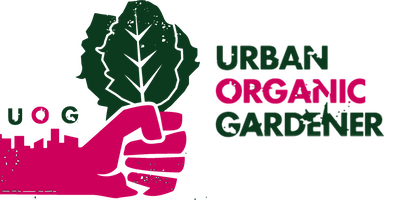Getting out and joining your community garden is great. It’s a fun social activity, promotes community, and is a great way to get some free fruits and vegetables. If you’re a gardening guru who needs their fix, or just want to try growing something green, consider these indoor plants that offer an soft intro to more gardening.
Cheaper and Greener Sometimes Work Together:
Reusing old milk cartons and reducing the amount of waste your garden creates by making your own compost or loam will not only reduce the cost of your garden, but it will be better for the environment. Depending on what you have laying around or what sort of heat/light you have in your house means that you have different plant options that might work for you. Use what you have to get the most individualized plants for your home.
What a Garden Will Help You Do
Gardens are great! They are a money saving hobby that gives you free-food. It can be a great way to get exercise, or just achieve some New Year’s Resolutions. Gardening is a rich and rewarding hobby for anyone who wants to live longer, better, happier lives.
Why It’ll Make Your House Nicer
Indoor plants will not only provide your home with beauty, but they have been shown to promote good health and improve the ability to learn. Whether it’s a dorm room or a kitchen, improved health and learning ability is not something to scoff at. Making your home a nicer place to be is always worth it. Down below are a few edible indoor plants to really get your ideas flowing.
Papayas
Papayas are a great option for anyone who loves papaya and wants something a little unusual. Without two trees though, the papaya plants will not yield fruit.
Getting seeds for a papaya is pretty easy, drying out the thousands of black peppercorn like seeds of any grocery store papaya will give you enough seeds to grow for life. After a week of drying out the seeds, they can be rolled to remove the seed husk and placed in a warm, moist starter pod. Papayas are fast growing and will need to be trimmed back often to keep them indoor sized. When growing indoors the papaya should be kept in a warm, sunny, humid place (as tropical as possible).
Fig Trees
Fig trees are pretty and fit well with a variety of styles. They are typically extremely hardy in a pot that isn’t too big and do well in indirect light. The best benefit of a fig tree is that you get figs, the biggest downside, is that fig trees are about four feet tall and have big gorgeous leaves, meaning that this might not be the best fit for small studio apartments. So, while the bathroom is a perfect place for fig trees to flourish (indirect sunlight and loads of moisture) planning on fitting a fig tree might be difficult.
Berries
Berries are great for smaller apartments and can be grown year-round. Strawberries are one of the better berries to choose because they do not need a deep tap root and can grow in less than a foot of soil. Their hardiness means that even the most beginner could grow lots of berries (of if you’re real handy, this guide will water them for you). Other berries like blueberries can be grown hydroponically and can have some serious ph needs, so they can be reserved for a more attentive gardener.
Watermelon
Watermelon is great to grow hydroponically, but for the beginner indoor plant lover, a wide, brightly lit window that receives direct sunlight for the next 80 days is enough. To get your watermelon to grow, you should attach a sturdy frame to wrap the watermelon up (very sturdy, watermelons are heavy!).
Mushrooms
Mushrooms are super great to grow indoors. While some kinds have to be foraged for in the forest (like morel mushrooms) others can be grown in your own kitchen. While there are kits to get you started, you could also start a mushroom terrarium from scratch as long as you live somewhere that you can keep clean.




















